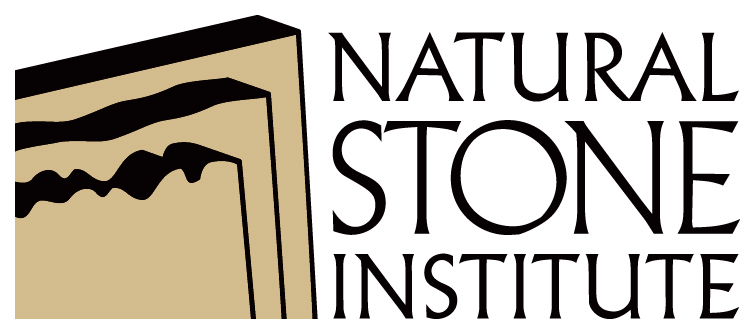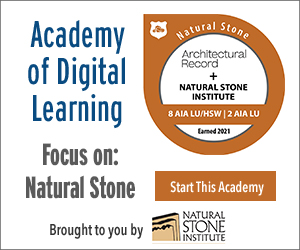Mother Nature's Green Building Material
 1 AIA LU/HSW; 1 PDH, LA CES/HSW; 0.1 IACET CEU*; 1 AIBD P-CE; 1 LFA CEU; AAA 1 Structured Learning Hour; This course can be self-reported to the AANB, as per their CE Guidelines; AAPEI 1 Structured Learning Hour; This course can be self-reported to the AIBC, as per their CE Guidelines.; MAA 1 Structured Learning Hour; This course can be self-reported to the NLAA.; This course can be self-reported to the NSAA; NWTAA 1 Structured Learning Hour; OAA 1 Learning Hour; SAA 1 Hour of Core Learning
1 AIA LU/HSW; 1 PDH, LA CES/HSW; 0.1 IACET CEU*; 1 AIBD P-CE; 1 LFA CEU; AAA 1 Structured Learning Hour; This course can be self-reported to the AANB, as per their CE Guidelines; AAPEI 1 Structured Learning Hour; This course can be self-reported to the AIBC, as per their CE Guidelines.; MAA 1 Structured Learning Hour; This course can be self-reported to the NLAA.; This course can be self-reported to the NSAA; NWTAA 1 Structured Learning Hour; OAA 1 Learning Hour; SAA 1 Hour of Core Learning
Learning Objectives:
- List the components of a new sustainable certification standard ANSI/NSC 373, which provides a life-cycle analysis (LCA) for dimensional stone products.
- Define the various components of an LCA.
- Discuss how compliance to ANSI/NSC 373’s national and international requirements for environmental, ecological, human health, and social responsibility in stone quarrying and production satisfies the growing demand for sustainable product declarations.
- Describe how the components of ANSI/NSC 373 are aligned with green building rating systems, such as LEED and the Living Building Challenge.
- Explain how the Chain of Custody Standard (NSC COC) for natural stone products ensures the traceability of certified stone throughout the supply chain, from quarry to gate.
This course is part of the Natural Stone Academy
Chain of Custody (NSC COC)
According to Slomka, the companion Chain of Custody Standard applies to all aspects of the supply chain. The chain of custody tracks the stones as the material moves from the quarry to manufacturing and through the supply chain to the ultimate destination, including the jobsite or the end user. For a product to be claimed as Genuine Stone certified, there must be an unbroken chain of certified organizations that conform to the COC standards covering every change in the legal ownership of product, from the certified quarry up to the point where the product is finished or sold to retail.
The standard is applicable to quarries and processors of natural dimension stone using a comprehensive life-cycle approach to ensure that the most relevant aspects of quarry operations and stone fabrication are considered in the criteria for certification.
The identification and measurement of impacts on human health, environment, and the surrounding community is key to this sustainability initiative. Because natural stone is quarried in countries around the world, the scope of the standard includes North American and international quarries and processing facilities. The standard assists in the determination of whether a dimensional stone product has been extracted, produced, and transported in an environmentally preferable manner consistent with the principles of sustainability.
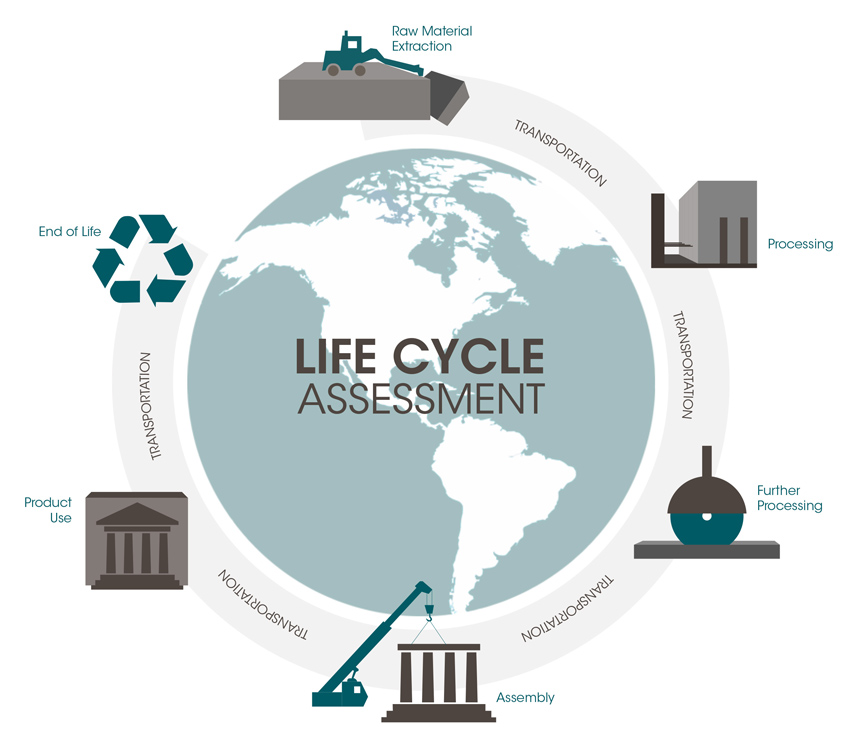
Image courtesy of Coldspring
Life-Cycle Assessment Cycle
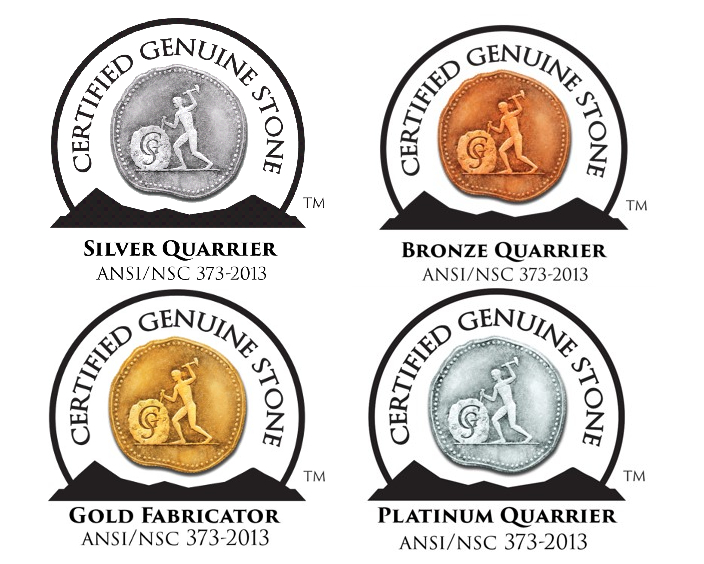
Image courtesy of the Natural Stone Council
Four levels of achievement can be obtained for quarriers and processors through the ANSI/NSC 373 Sustainable Production of Dimension Stone Certification Program.
Environmental, Social, and Economic Metrics
The standard is a point-based system with prerequisite and optional criteria in 10 categories. Modeled after similar rating systems, each facility operator of a stone quarry or stone fabrication facility meeting all of the prerequisite points can earn a bronze certification. Higher certifications can be met by meeting an increasing amount of optional criteria: silver (prerequisite plus eight optional), gold (prerequisite plus 15 optional), and platinum (prerequisite plus 22 optional). The process for certification includes document review, an on-site audit, and then an initial one-year certification. In year two and three, there is a surveillance review of the documents only. Year four includes another document review and on-site audit. Certification is an ongoing and continuous improvement process, and recertification takes place every three years.
The key metrics that are measured and verified include the following components:
• Water
• Transportation and chain of custody
• Site management
• Land reclamation
• Corporate governance
• Energy
• Management of excess process material and waste
• Safer chemical and materials management
• Human health and safety
• Innovation
Each of these categories contains both required and optional components.
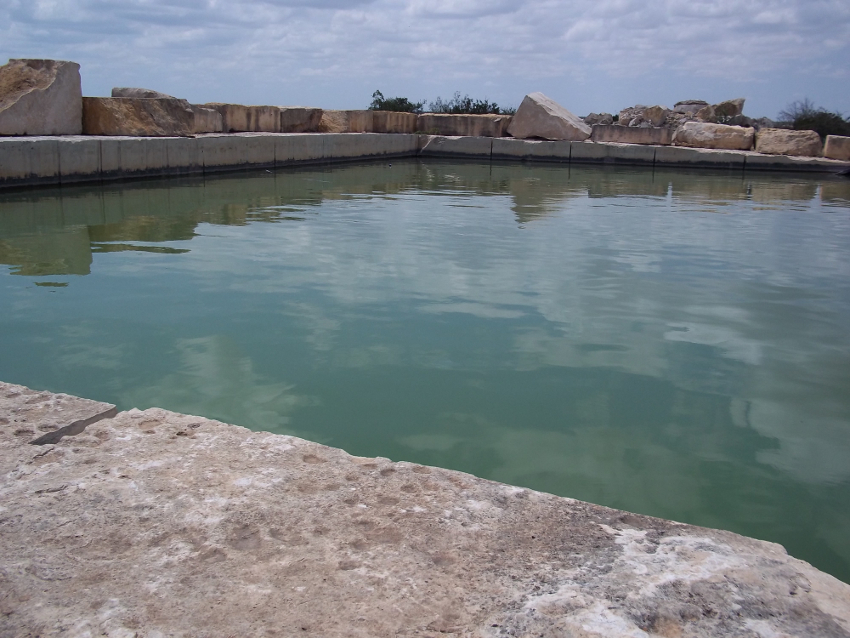
Photo Courtesy of TexaStone Quarries
Holding ponds for water reclamation
Water Quality
Water is an important element in the stone processing system. In addition to protecting ground water aquifers, the standard encourages quarry operators and fabricators to minimize fresh water consumption and ensure the quality of water released back to the environment. Only 3 percent of the world’s water supply is available as a fresh water resource.6 Fresh water resources are limited, and rising levels of pollution continue to cause concerns for the safe management of drinking water. Globally, there is fresh water scarcity, and the majority of humanity struggles with access to clean, fresh water.
To meet the requirements of this element of the standard, facility operators are required to develop and maintain an annual water inventory. This inventory is organized by water source; for example, municipal potable, direct rainwater captured for reuse, on-site wells, or reclaimed grey water. The facility will separate water used for manufacturing and nonmanufacturing operations. They will also document the amount of recycled water. A minimum of 25 percent of water accounted for in the water inventory will be required to be captured and recycled.
Optional criteria included additional quotients for water capture, recycling, enhanced water treatment, best practice water use, reuse, and sludge management. These criteria outline best practices for a facility that through its extraction and fabricating process promotes the efficient and safe use of scarce water resources.


